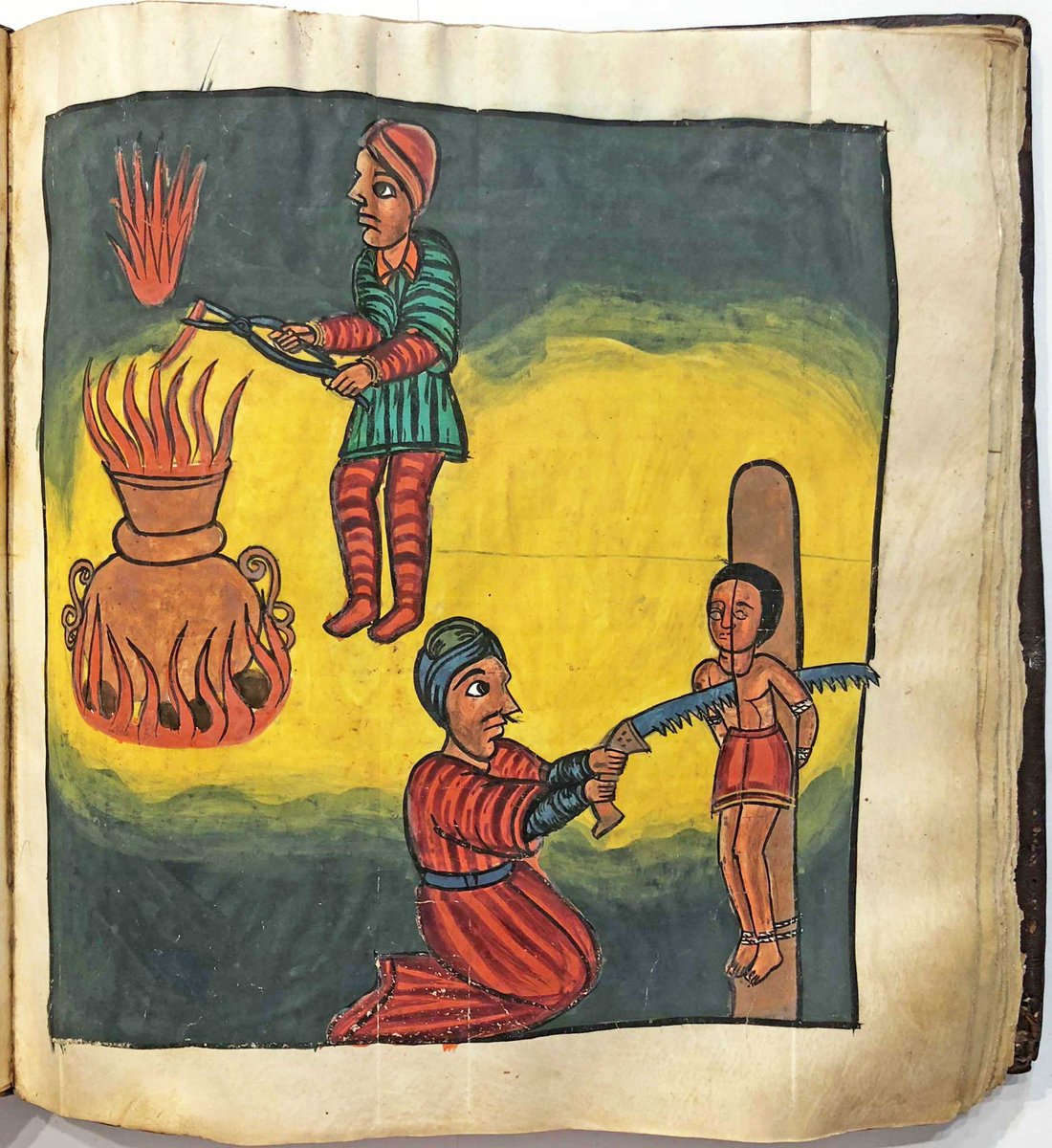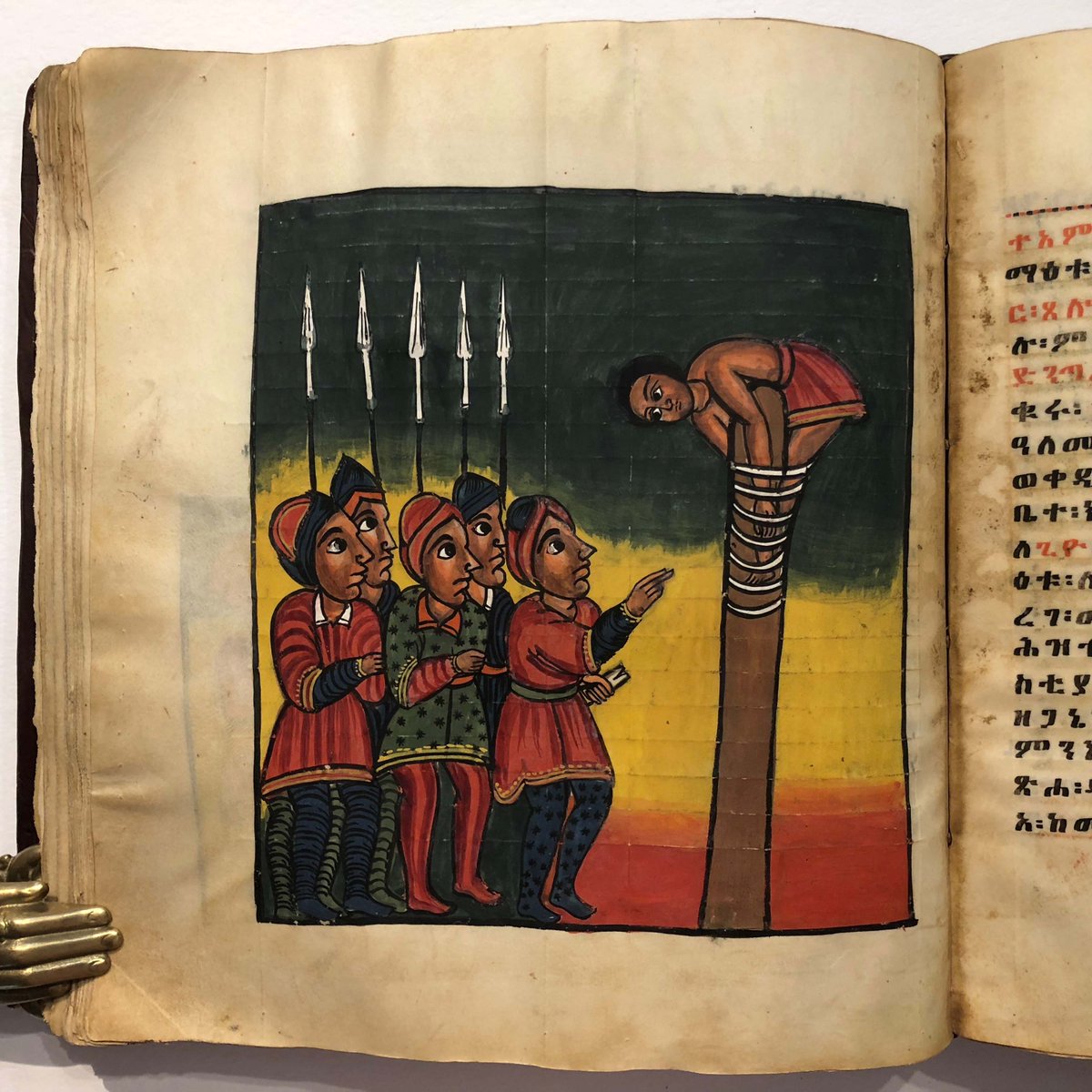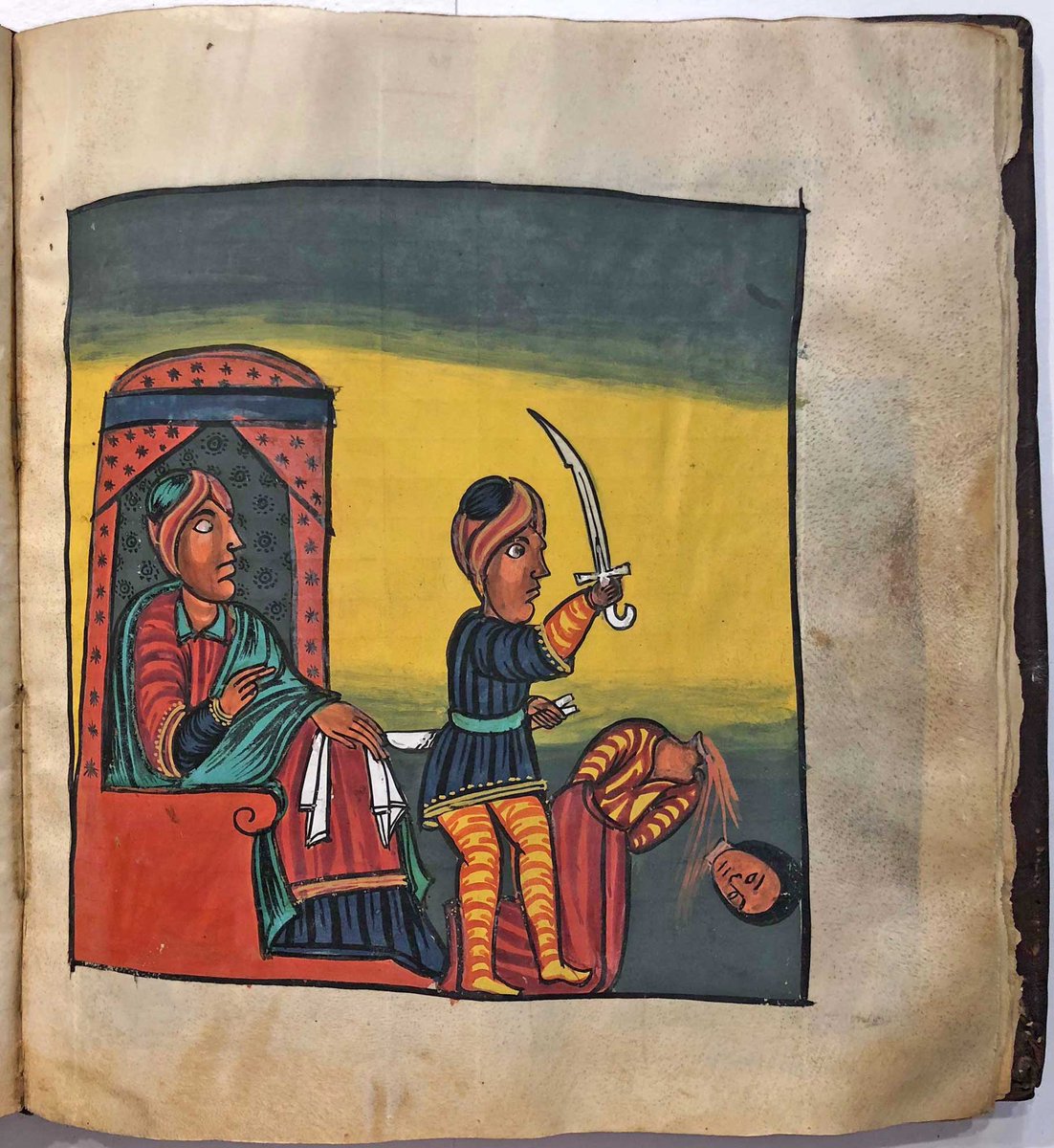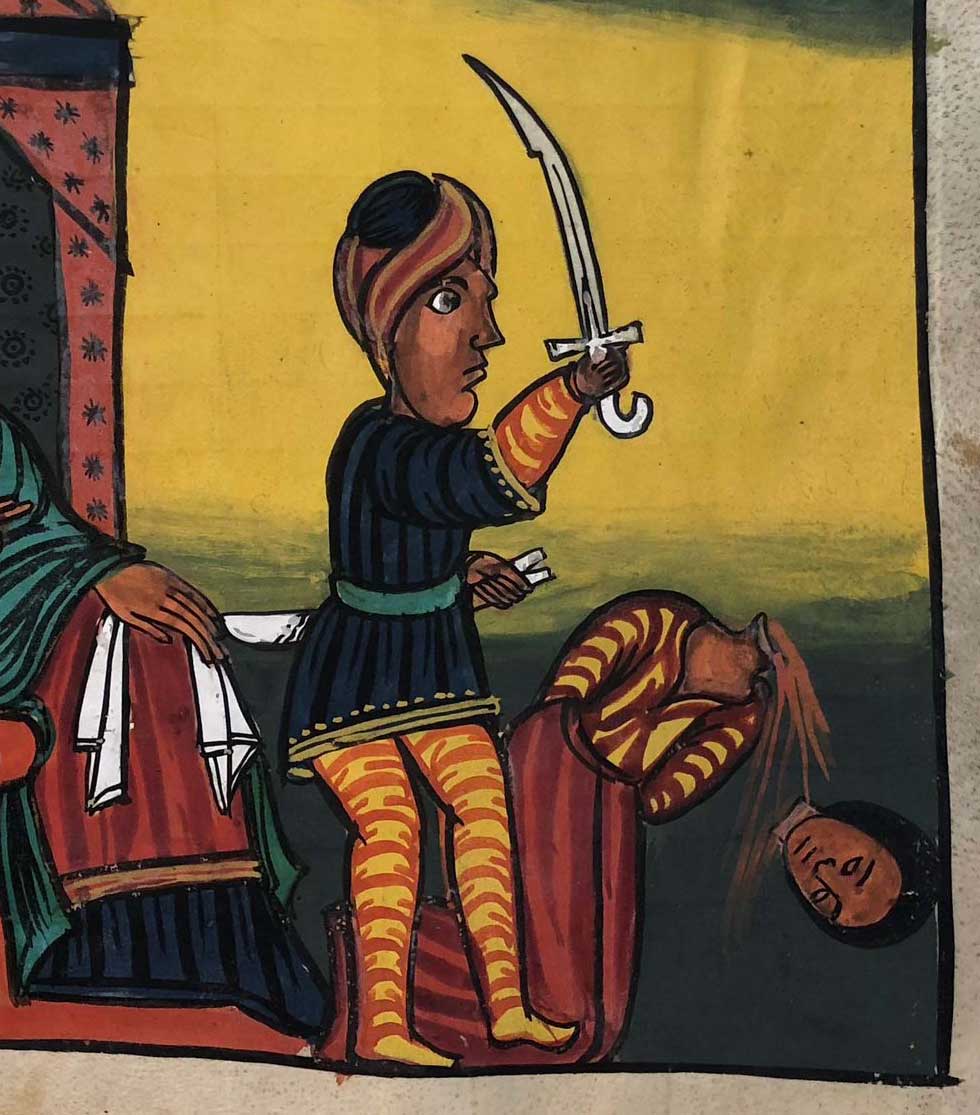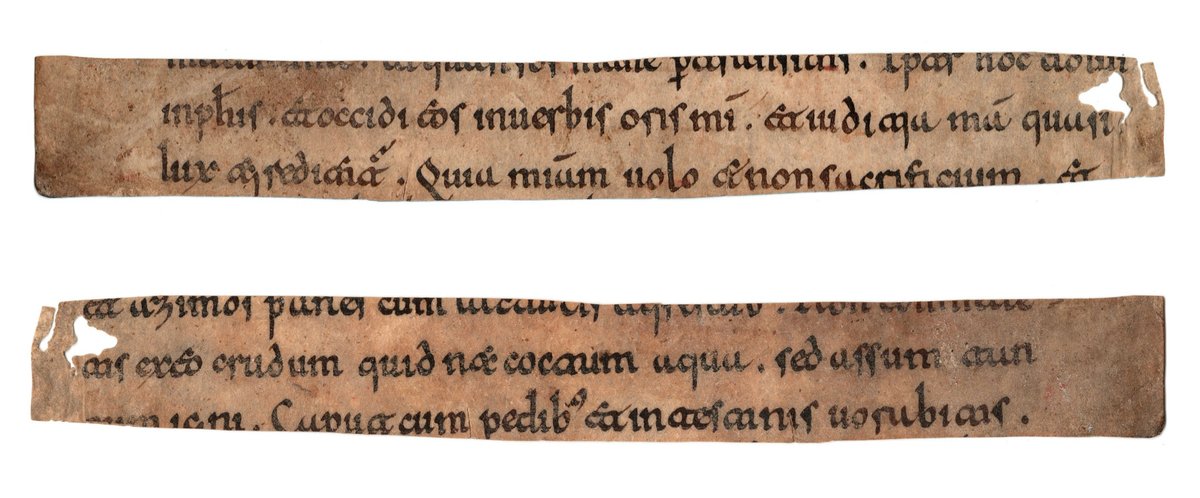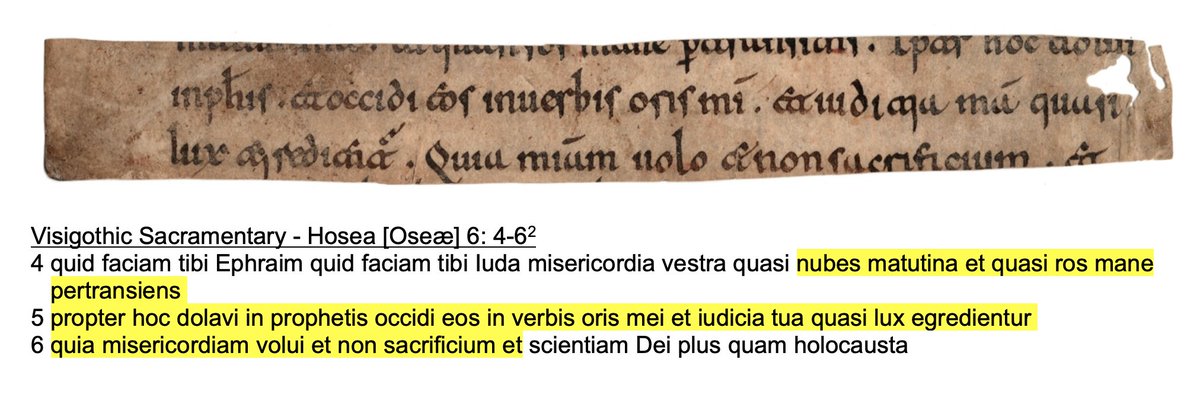
This is an untouched box of the legendary Hagoromo Fulltouch chalk, made in Japan circa 2014. The company closed down in 2015, and while a version of the chalk is now made in Korea, purists mourn the loss of the unsurpassable original - the finest blackboard chalk ever made. 1/ 
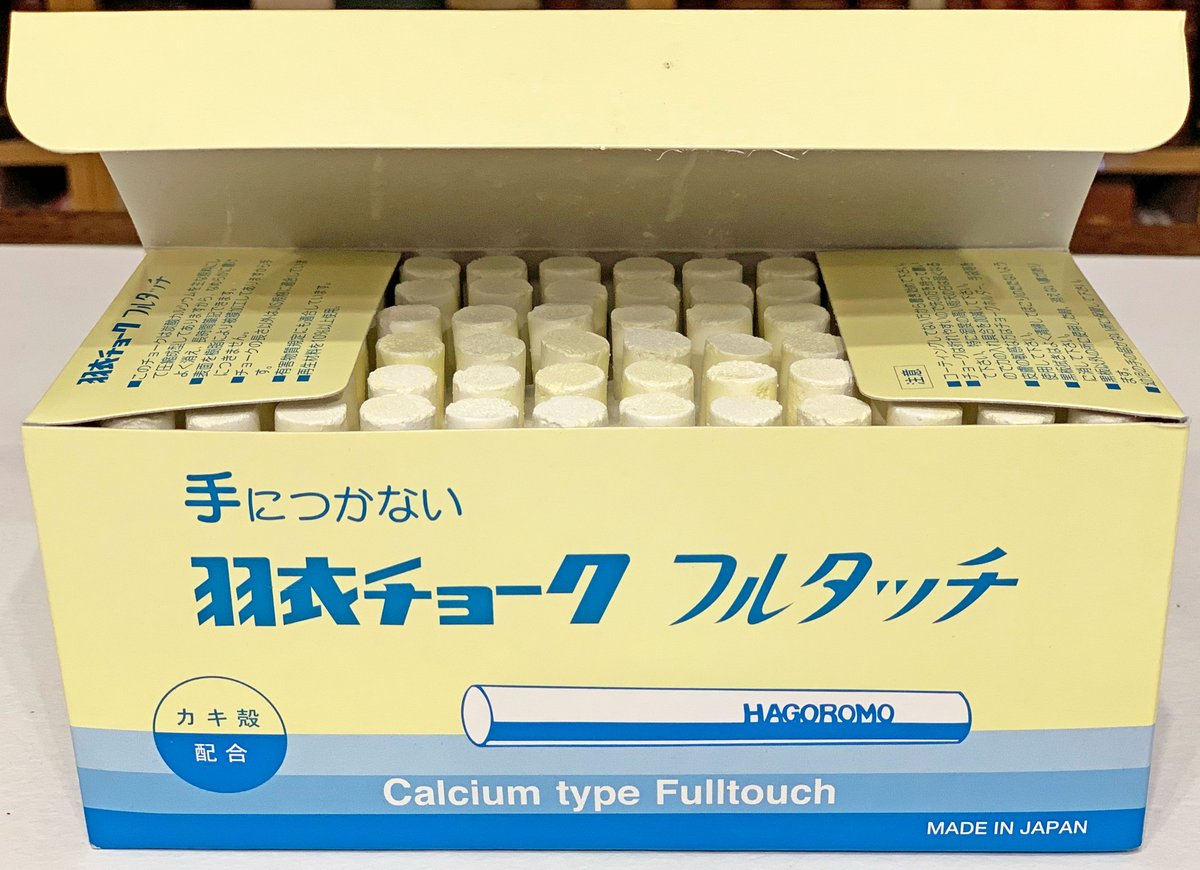
Mathematicians in particular revered Hagoromo for its unequalled legibility, usability and durability. Here, by @jeremyjkun, is a teary goodbye to Hagoromo. 2/
link.medium.com/Bpcbj5TMMfb
link.medium.com/Bpcbj5TMMfb
"I tried it. It was love at first sight. I couldn't believe such a thing existed," says math professor Satyan Devadoss. Since then, he's been a Hagoromo Fulltouch chalk convert." 3/
cbc.ca/1.3116153?__vf…
cbc.ca/1.3116153?__vf…
"Hagoromo Fulltouch Chalk was at the very pinnacle of the chalk world. According to Conrad, its semi-mythical status, which prompted it to be hoarded by mathematicians before the company went out of business, comes from the fact it “flows nicely and lasts much longer”." 4/ 

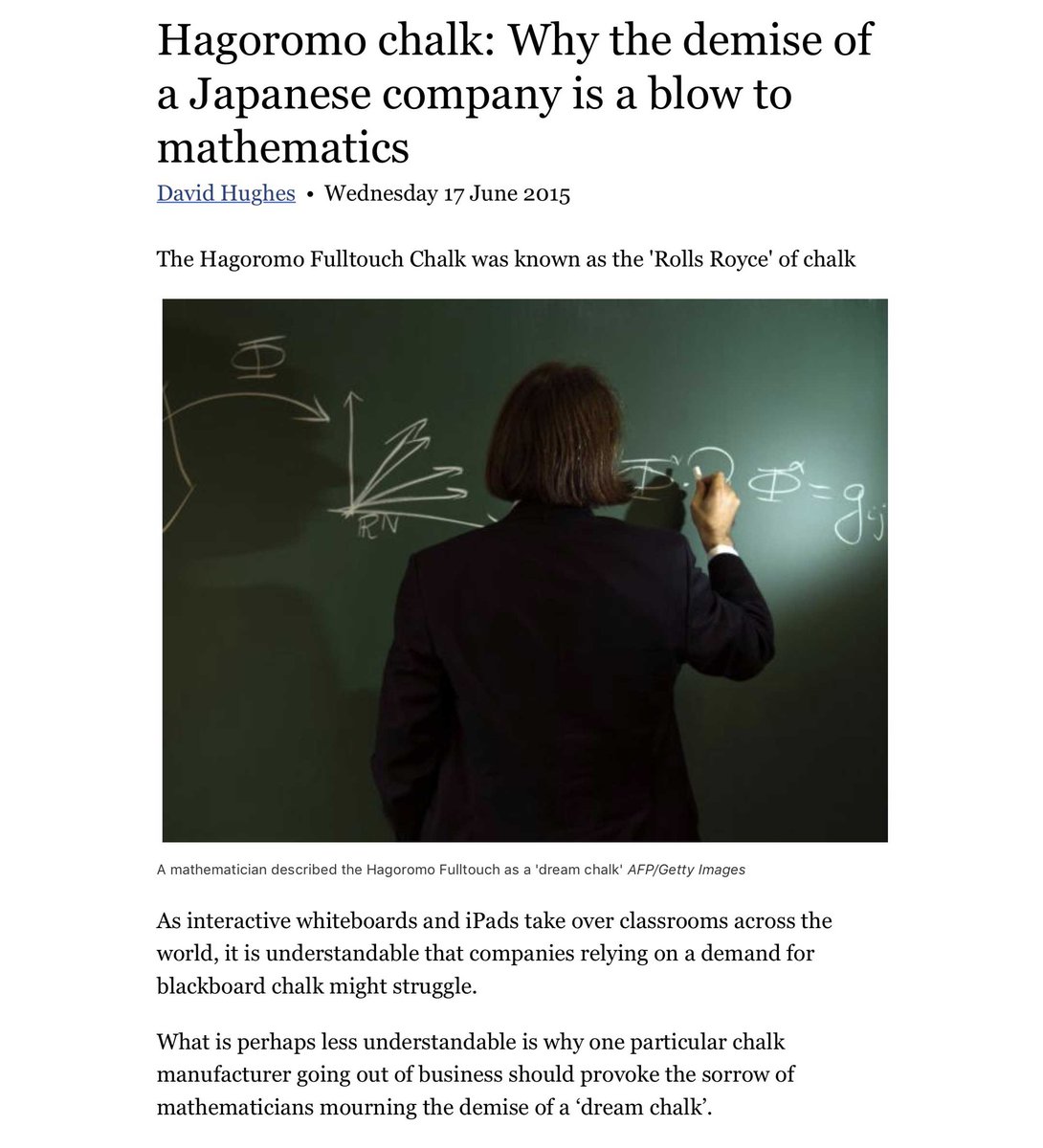
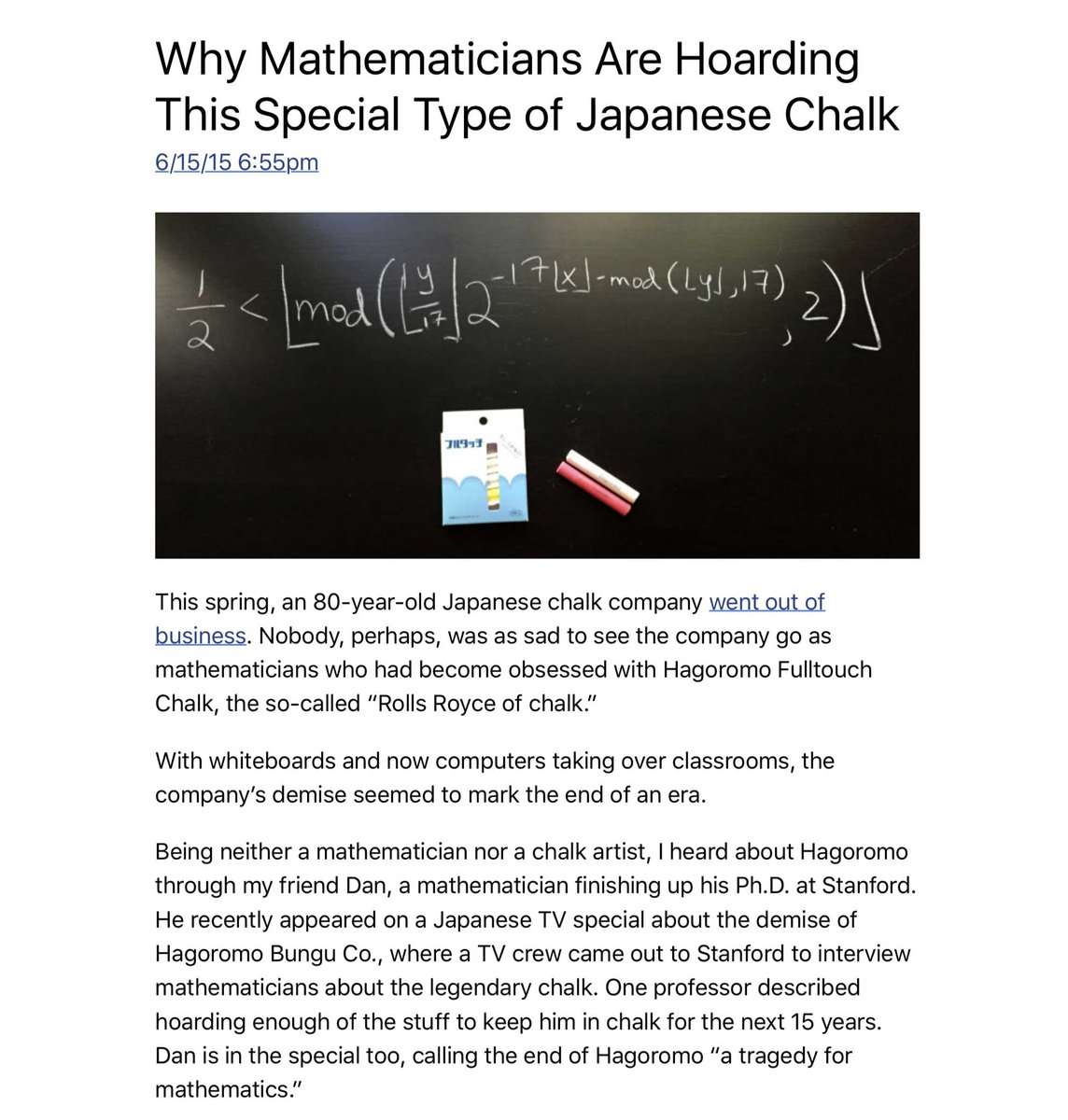
Despite the availability of the Korean replacement product, there is still an ongoing market for vintage original Japanese-made Hagoromo Fulltouch Chalk, which now regularly sells for at least $150 per box of 72 pieces on eBay. 5/
ebay.us/cFxUg8
ebay.us/cFxUg8
"I didn't want to become a chalk dealer, but I did like the idea that I could be the, 'The first stick is free,' chalk dealer on the block in my department," says Max Lieblich, a mathematics professor at the University of Washington." 6/
edition.cnn.com/2020/08/22/us/…
edition.cnn.com/2020/08/22/us/…
From the same CNN article: "Some call it the Rolls Royce of chalk, the Steinway of writing utensils. Some say it's unbreakable, others say it leaves no dust behind." 7/ 

More from CNN: "So, when Hagoromo announced that it was going out of business in 2014, it caused a rupture in the math community. "I referred to it as a chalk apocalypse," Conrad said. In a panic, mathematicians across America began stockpiling resources in preparation." 8/ 
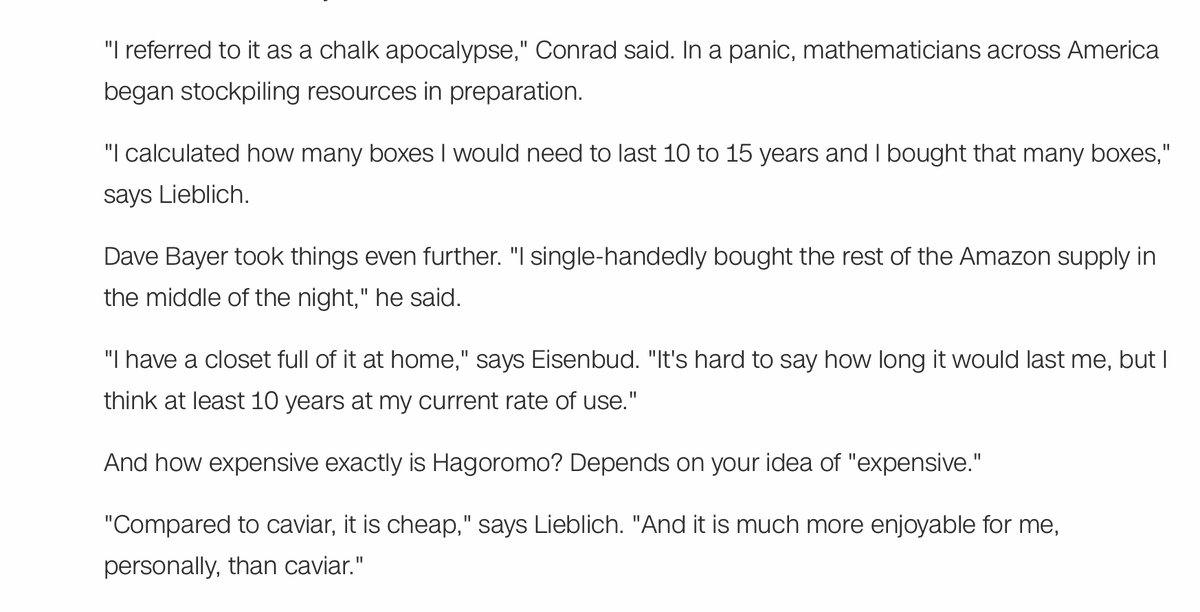
This is the Korean facsimile product, much better in its own right than Crayola and other US-made chalks, but described by people who've used both as an "approximation" and "markedly worse" than the original pre-2015 Japanese Hagoromo Fulltouch product. 9/
amazon.com/dp/B01HDNUXBW/…
amazon.com/dp/B01HDNUXBW/…
Hagoromo president Takayasu Watanabe: "I developed the production facilities by trial and error. For creating the materials for chalk, we modified a machine for mixing flour. For molding the sticks of chalk, we tweaked a machine for making roof tiles." 10/ 



"..The machines, which we continued to modify over more than 20 years, felt like our children. There's more to making our chalk than just the machines though. A precise ration of seven materials is mixed to ensure our chalk writes well. The recipe is optimized for our plant." 11/ 

• • •
Missing some Tweet in this thread? You can try to
force a refresh





